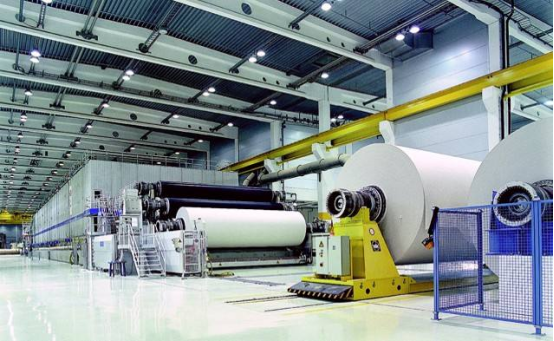The modified products of polyacrylamide used as retention and drainage aids in papermaking are usually modified products of polyacrylamide, including anionic polyacrylamide (APAM), cationic polyacrylamide (CPAM) and amphoteric polyacrylamide (AmPAM), with a relative molecular mass of 2 million ~4 million.
Generally, APAM forms a complex system with other cationic compounds to play a strong retention-aiding effect. For example, combining with aluminum sulfate can make APAM closely bond with fibers, fine fibers, fillers, etc., thereby greatly improving the retention of fine fibers and fillers. Attention rate.
CPAM is one of the most commonly used retention aids in papermaking, and products with high molecular weight and low charge density are generally used. Its charge is opposite to that of the fiber, and it can be used alone or in combination with bentonite, anion, etc., to cause flocculation of the paper by a bridging mechanism in the paper material, and can increase the retention rate of the paper filler and promote The concentration of white water under the net is reduced. When CPAM and negatively charged bentonite are used to form a particulate retention and drainage aid system, the size of the flocs of the paper material formed by adding CPAM is relatively large, and after being subjected to high shear force after passing through the pulp pump and other devices, the flocs are broken into small fragments, and the addition of negatively charged bentonite at this time will re-bridge the small fragments and form flocs that are smaller than the flocs originally formed by CPAM. Thereby, the retention rate of the paper material is improved, and the evenness and drainage performance of the paper are relatively improved.
When AMPAM is used as a retention and drainage aid, the anionic groups repel the anionic garbage in the pulp, and the cationic groups combine with fibers and fine fibers. Thus, the retention rate of fine fibers is well improved.
Post time: Mar-01-2023


